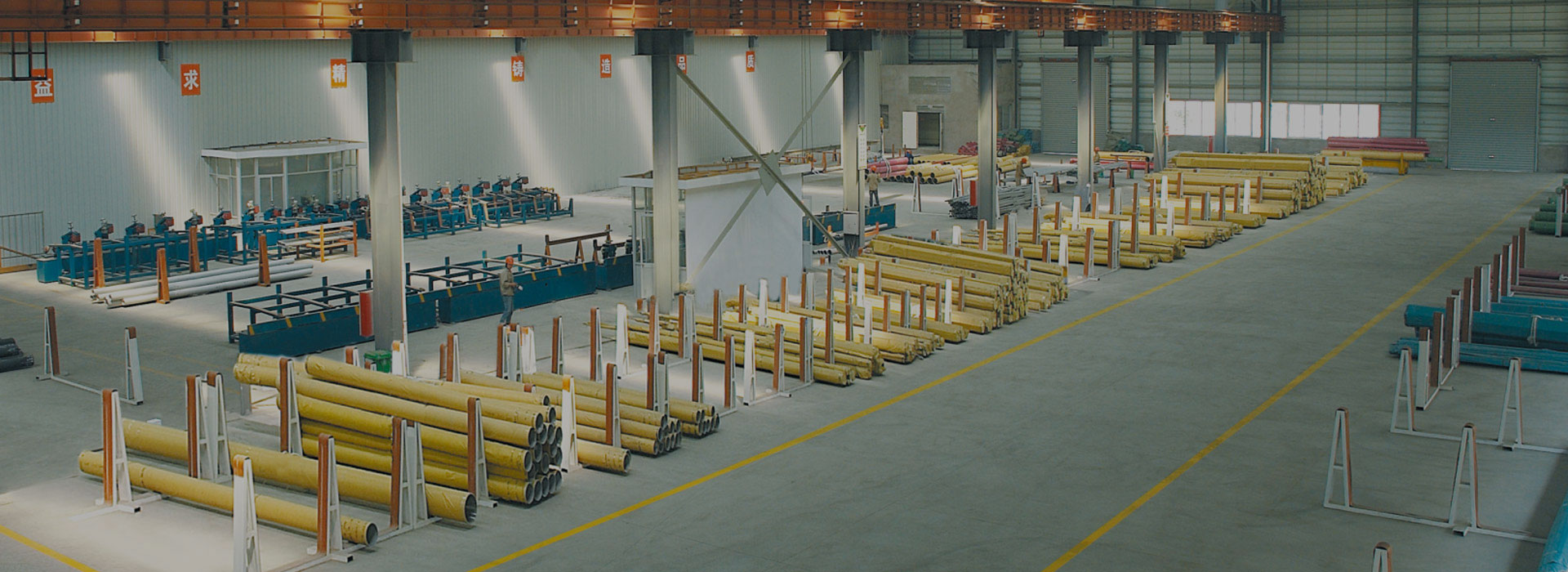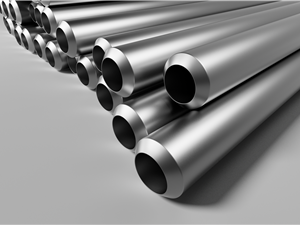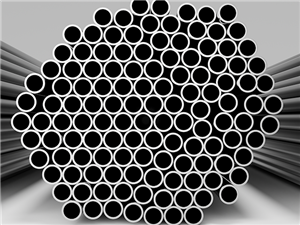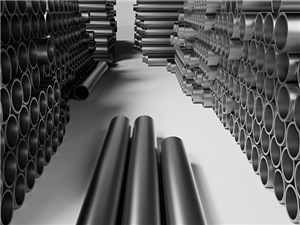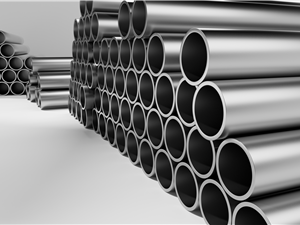| Weight % | C | Mn | Iron | S | Si | Cr | Ni | Al | Co | Ti | Mo |
| Alloy 825 | ≤0.05 | ≤1.0 | ≥22.00 | ≤0.03 | ≤0.5 | 19.5 - 23.5 | 38 - 46 | ≤0.2 | 1.50-3.00 | 0.06 -1.2 | 2.50 - 3.50 |
Chemical Composition
Typical Mechanical Properties
| Material | Density | Specific Heat | J/kg•°C | Mean Coefficient of Thermal Expansion | Thermal Conductivity | Modulus of Elasticity | Annealed | Melting Point |
| Alloy 825 | 0.294 lbs/in3, 8.14 g/cm3 | (32 - 212 ° F), Btu/lb•° F, (0 - 100 °C) | 0.105 (440) | 70 - 212 ° F (20 - 100 °C): 7.7 x 10-5 (13.9) | BTU/h-ft-° F (W/m-° K) 70 ° F (21 °C): 6.4 (11.1) |
ksi (MPa) 28.4 x 103 (196 x 103) in tension |
1.005 | 2500 - 2550 ° F (1370 - 1400 °C) |
Standard
| Pipe and Tube | BS 3074NA16, ASTM B 163, ASTM B 423, ASTM B 704, ASTM B 705, ASTM B 751, ASTM B 775, ASTM B 829, ASME SB 163, ASME SB 423, ASME SB 704, ASME SB 705, ASME SB 751, ASME SB 775, ASME SB 829, ASME Code Case 1936, DIN 17751, VdTÜV 432, ISO 6207. | ||||||||
Material Summary
In the oil and gas industry, the two most important nickel alloys are Inconel 625 and Incoloy 825. lncoloy 825 is an austenitic nickel-iron-chromium-molybdenum-copper alloy containing high levels of chromium, nickel, copper, and molybdenum to provide high levels of corrosion resistance to both moderately oxidizing and moderately reducing environments. This balance of alloying elements grants this alloy exceptional resistance to both chloride stress corrosion cracking, as well as crevice corrosion and general corrosion. It is the high level of nickel in combination with the amount of molybdenum and copper in this nickel alloy produces substantially improved corrosion resistance in a corrosive environment such as reducing environments compared to stainless steel. The addition of titanium in this alloy also helps to stabilize the alloy against intergranular corrosion. Chloride stress corrosion cracking is a type of localized intergranular corrosion on materials that are put under tensile strength, in high temperatures and in an environment that includes oxygen and chloride ions such as seawater.
As an austenitic, nickel alloy, the material is ductile over a wide range of temperatures from cryogenic to well more than 1000 °F (538 °C). Fabricability is typical for a nickel alloy, with the material readily formable and weldable by a variety of techniques.

